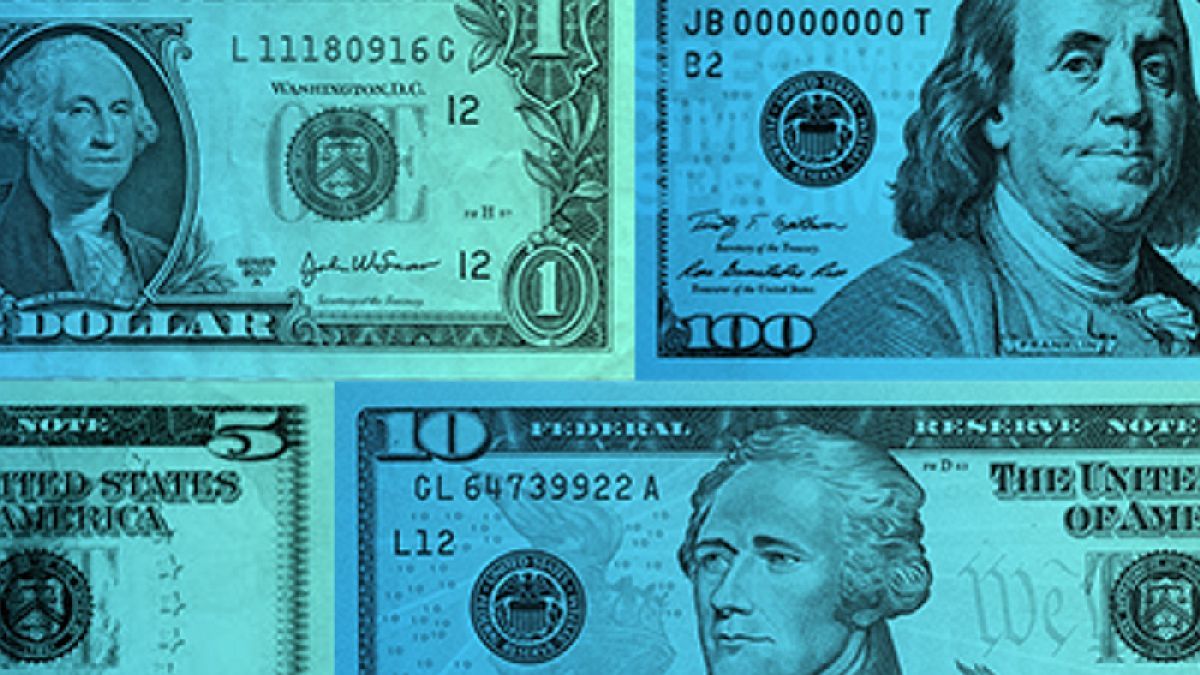In this way, the informal dollar registered its third rise in four days and recorded its largest daily increase in a month.
Consequently, the gap between the informal dollar and the official wholesale price it stretched slightly to 88.04%, the highest since the beginning of the month.
Last week the Central Bank (BCRA) and the National Securities Commission (CNV) established two measures that tighten the stocks for the operation of financial dollars and limit the advance payment of imports for a month. Official decisions seek to limit the drainage of foreign currency from the coffers of the monetary authority, which was accentuated as a result of seasonality and electoral dollarization.
During September, the blue dollar registered a rise of $ 4.50 (+ 2.5%), after accumulating in August its lowest rise since March, climbing just $ 1 (+ 0.6%).
After hitting a low of $ 139 in early April, the parallel dollar increased $ 9 in April (6.4%), $ 7 (4.7%) in May, $ 11 (7%) in June, and $ 12.50 (+ 7.4%) in July.
The nominal historical record of the blue dollar was recorded on October 23, 2020, when the price shot up to $ 195. That day the gap registered a record 150%. Meanwhile, the maximum level of the gap in 2021 was noted in January when it reached 94.8%.
David William is a talented author who has made a name for himself in the world of writing. He is a professional author who writes on a wide range of topics, from general interest to opinion news. David is currently working as a writer at 24 hours worlds where he brings his unique perspective and in-depth research to his articles, making them both informative and engaging.




